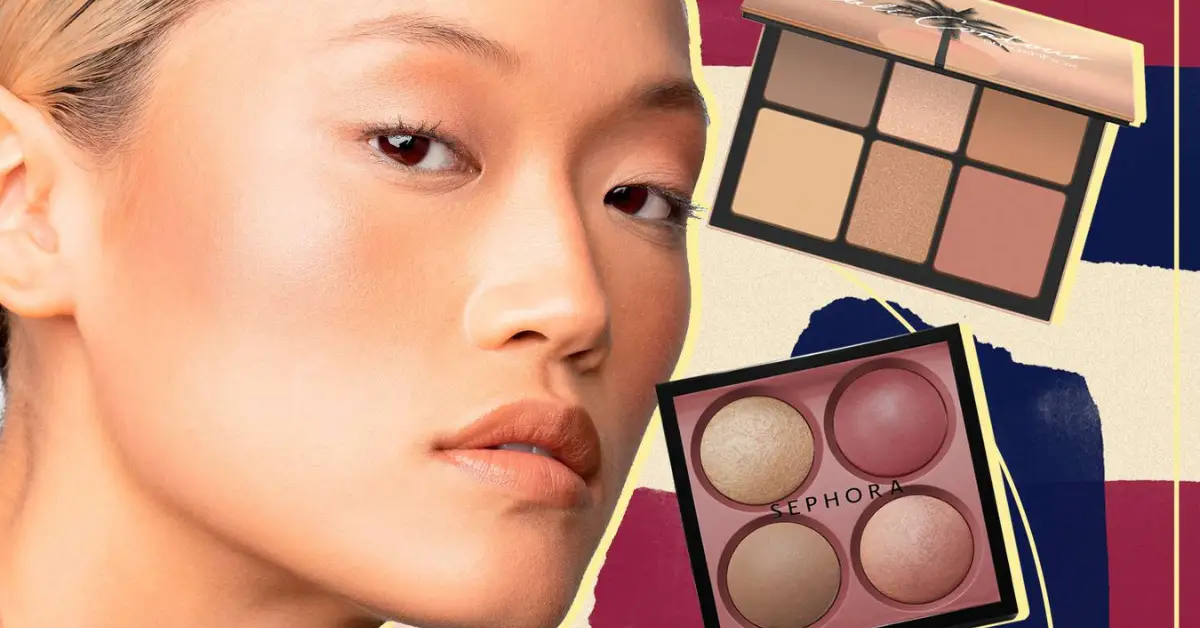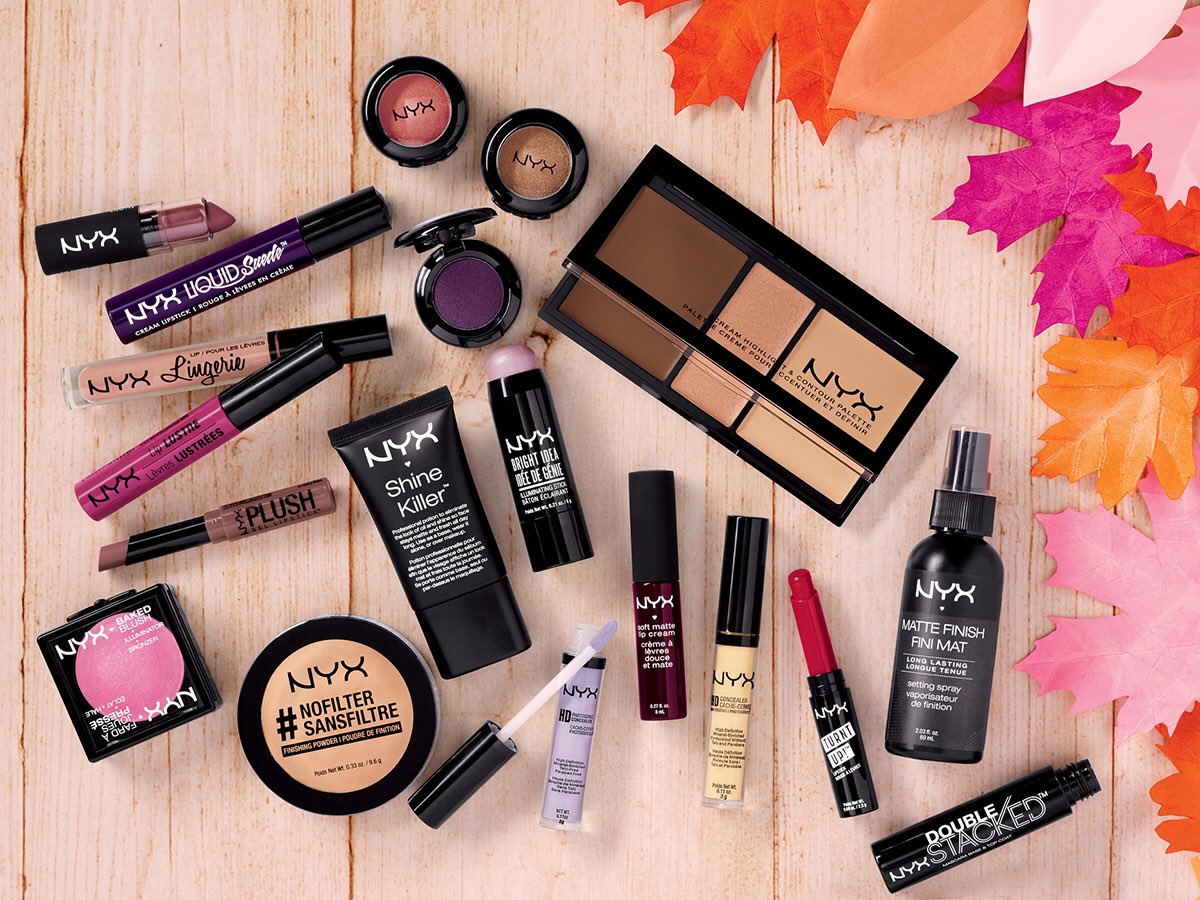The Art Of Makeup: A Comprehensive Guide To Products And Techniques
The Art of Makeup: A Comprehensive Guide to Products and Techniques
Related Articles: The Art of Makeup: A Comprehensive Guide to Products and Techniques
Introduction
With great pleasure, we will explore the intriguing topic related to The Art of Makeup: A Comprehensive Guide to Products and Techniques. Let’s weave interesting information and offer fresh perspectives to the readers.
Table of Content
The Art of Makeup: A Comprehensive Guide to Products and Techniques

Makeup, a powerful tool of self-expression and enhancement, has evolved significantly over the years. From the basic essentials to advanced techniques, understanding the nuances of makeup application can unlock a world of possibilities, allowing individuals to accentuate their natural beauty and create desired looks. This comprehensive guide delves into the essential steps of makeup application, highlighting key products and their benefits, providing insights into achieving flawless results.
Step 1: Skincare – The Foundation for Flawless Makeup
Before diving into the artistry of makeup, a solid skincare routine forms the bedrock for a flawless canvas. Clean, hydrated skin allows makeup to glide on smoothly and last longer, minimizing the appearance of imperfections and maximizing the potential for a natural-looking finish.
- Cleansing: Removing impurities, makeup residue, and excess oil with a gentle cleanser prepares the skin for the next steps. Choose a cleanser appropriate for your skin type, whether it’s dry, oily, combination, or sensitive.
- Toning: Toner balances the skin’s pH level, further cleansing and preparing it for hydration. It can also help minimize the appearance of pores and tighten the skin.
- Hydration: Moisturizer is essential to replenish moisture and create a smooth, supple surface for makeup application. Opt for a moisturizer formulated for your skin type, ensuring it absorbs well without leaving a greasy residue.
- Sun Protection: Applying sunscreen with an SPF of 30 or higher is crucial for protecting the skin from harmful UV rays, preventing premature aging and sun damage. Choose a broad-spectrum sunscreen that offers protection against both UVA and UVB rays.
Step 2: Priming – Creating a Smooth and Even Base
Primers act as a bridge between skincare and makeup, smoothing out the skin’s texture and creating a flawless canvas for foundation application. Primers help to minimize the appearance of pores, fine lines, and wrinkles, while also extending the wear of makeup.
-
Types of Primers: Primers come in various formulations, each designed to address specific concerns:
- Silicone-based Primers: Create a smooth, velvety surface, blurring imperfections and creating a long-lasting base for makeup.
- Mattifying Primers: Control oil production, keeping the skin shine-free and extending the wear of makeup.
- Hydrating Primers: Provide moisture to dry skin, creating a smooth and supple surface for makeup application.
- Color-Correcting Primers: Neutralize redness, hyperpigmentation, or discoloration, creating an even-toned base for foundation.
- Application: Apply a small amount of primer to the entire face, blending it evenly with fingertips, a brush, or a sponge. Allow the primer to set for a few minutes before proceeding to the next step.
Step 3: Foundation – Achieving an Even Skin Tone
Foundation is the cornerstone of any makeup look, unifying the skin tone and creating a smooth, even base. Choosing the right foundation shade is crucial for achieving a natural-looking finish.
-
Types of Foundation:
- Liquid Foundation: Offers buildable coverage, providing a natural to full-coverage finish.
- Cream Foundation: Provides medium to full coverage, offering a dewy and natural finish.
- Powder Foundation: Ideal for oily skin, providing a matte finish and controlling shine.
- Tinted Moisturizer: Provides light to medium coverage, offering a natural, sheer finish and hydration.
- Application: Use a foundation brush, sponge, or fingertips to apply foundation, starting from the center of the face and blending outwards. Pay attention to the jawline and hairline, ensuring seamless blending.
Step 4: Concealer – Masking Imperfections
Concealer is a targeted tool for masking imperfections like dark circles, blemishes, and redness. It helps to brighten the under-eye area, conceal blemishes, and create a flawless finish.
-
Types of Concealer:
- Cream Concealer: Provides medium to full coverage, offering a natural finish and blending seamlessly.
- Liquid Concealer: Offers buildable coverage, providing a natural to full-coverage finish.
- Stick Concealer: Ideal for precise application, providing medium to full coverage and a matte finish.
- Application: Apply concealer with a small brush or sponge, patting it gently onto the areas needing coverage. Blend the edges with a brush or sponge, ensuring a seamless transition with the foundation.
Step 5: Powder – Setting and Mattifying
Powder sets makeup, preventing it from creasing or fading throughout the day, while also absorbing excess oil and creating a matte finish.
-
Types of Powder:
- Loose Powder: Provides a light, airy finish, setting makeup and absorbing excess oil.
- Pressed Powder: Offers more coverage and a matte finish, setting makeup and controlling shine.
- Translucent Powder: Ideal for setting makeup without adding color, ensuring a natural finish.
- Application: Apply powder with a large fluffy brush, gently pressing it onto the skin, focusing on the T-zone (forehead, nose, and chin) and under the eyes.
Step 6: Bronzer – Adding Warmth and Dimension
Bronzer adds warmth and dimension to the face, creating a sun-kissed glow. It can also be used to contour the face, defining the cheekbones and jawline.
- Application: Apply bronzer with a large fluffy brush, sweeping it along the cheekbones, temples, and jawline, creating a natural contour. Blend the bronzer thoroughly for a seamless finish.
Step 7: Blush – Enhancing the Cheeks
Blush adds a touch of color and vibrancy to the cheeks, creating a youthful and healthy glow. Choose a blush shade that complements your skin tone and desired look.
-
Types of Blush:
- Cream Blush: Provides a natural, dewy finish, blending seamlessly into the skin.
- Powder Blush: Offers a matte finish, providing buildable color and lasting wear.
- Application: Apply blush with a blush brush, sweeping it onto the apples of the cheeks and blending upwards towards the temples.
Step 8: Eyeshadow – Enhancing and Defining the Eyes
Eyeshadow adds color and definition to the eyes, enhancing their shape and creating a variety of looks. Choose eyeshadow shades that complement your eye color and personal style.
-
Types of Eyeshadow:
- Powder Eyeshadow: Offers a variety of finishes, from matte to shimmer, and comes in a wide range of colors.
- Cream Eyeshadow: Provides a smooth, blendable finish, offering a natural to intense look.
- Application: Apply eyeshadow with an eyeshadow brush, blending the shades seamlessly to create a cohesive look. Use lighter shades on the brow bone and inner corner of the eye, and darker shades on the crease and outer corner.
Step 9: Eyeliner – Defining the Eye Contour
Eyeliner defines the eyes, creating a dramatic or subtle look. It can be applied along the lash line, creating a thin line for a natural look, or along the upper lash line and waterline for a more dramatic effect.
-
Types of Eyeliner:
- Pencil Eyeliner: Easy to apply and blend, offering a variety of finishes, from matte to shimmer.
- Liquid Eyeliner: Creates precise lines, offering a dramatic and long-lasting effect.
- Gel Eyeliner: Provides a creamy, blendable texture, offering a versatile finish.
- Application: Use a sharp pencil, fine-tipped liquid liner, or angled brush to apply eyeliner, starting from the inner corner of the eye and working outwards.
Step 10: Mascara – Enhancing the Lashes
Mascara adds volume, length, and definition to the lashes, opening up the eyes and creating a more dramatic look. Choose a mascara that complements your lash type and desired effect.
-
Types of Mascara:
- Volumizing Mascara: Adds thickness and fullness to the lashes.
- Lengthening Mascara: Elongates the lashes, creating a wide-eyed effect.
- Defining Mascara: Separates and defines the lashes, creating a natural look.
- Application: Apply mascara with a mascara wand, wiggling it from the base of the lashes to the tips. Apply multiple coats for a more dramatic effect.
Step 11: Lips – Adding Color and Definition
Lipstick and lip gloss add color and definition to the lips, completing the makeup look. Choose a shade that complements your skin tone and personal style.
-
Types of Lipstick:
- Matte Lipstick: Provides a long-lasting, non-shiny finish.
- Satin Lipstick: Offers a smooth, creamy finish with a slight sheen.
- Glossy Lipstick: Provides a high-shine finish, adding dimension and volume to the lips.
- Application: Apply lipstick with a lip brush or directly from the bullet, starting from the center of the lips and working outwards.
FAQs on Makeup Steps and Products
1. What is the best way to choose the right foundation shade?
The best way to choose the right foundation shade is to test it on your jawline, blending it into your skin. Choose a shade that disappears seamlessly, matching your natural skin tone.
2. How do I apply eyeshadow without creasing?
Using a primer and setting powder helps to prevent eyeshadow from creasing. Apply a thin layer of primer to the eyelids before applying eyeshadow, and set it with a light dusting of translucent powder.
3. What are the best makeup brushes for beginners?
Beginners should start with a basic set of brushes, including a foundation brush, powder brush, blush brush, eyeshadow brush, and eyeliner brush.
4. How do I remove makeup properly?
Use a gentle makeup remover specifically designed for your skin type. Apply it to a cotton pad and gently wipe away makeup, starting from the eyes and working downwards.
5. What are the best makeup tips for oily skin?
Use oil-free makeup products, including primer, foundation, and powder. Apply blotting papers throughout the day to absorb excess oil.
Tips for Makeup Application
- Practice makes perfect: The more you practice, the more comfortable you will become with makeup application.
- Use natural light: Natural light provides the best lighting for applying makeup, allowing you to see your true skin tone and color.
- Blend, blend, blend: Blending is essential for a seamless and natural-looking finish.
- Start with a light hand: It’s always easier to add more makeup than to remove it.
- Clean your brushes regularly: Clean your brushes with a mild soap and water to prevent bacteria buildup.
Conclusion
The art of makeup is a journey of self-expression and enhancement. Mastering the essential steps and understanding the benefits of various products can empower individuals to create a variety of looks, accentuating their natural beauty and achieving desired results. From skincare to lip color, each step contributes to a complete and polished look, allowing individuals to embrace their unique features and express themselves with confidence. Remember, the key to flawless makeup lies in practice, patience, and a touch of creativity.







Closure
Thus, we hope this article has provided valuable insights into The Art of Makeup: A Comprehensive Guide to Products and Techniques. We appreciate your attention to our article. See you in our next article!
You may also like
Recent Posts
- The Art Of Persuasion: A Comprehensive Guide To Makeup Product Label Design
- A Comprehensive Look At Mary Kay Cosmetics: Reviews, Insights, And Considerations
- Affordable Skin Care: A Guide To Effective Products Under INR 100
- Navigating The World Of Mary Kay Discounted Products: A Comprehensive Guide
- The Power Of High-Resolution Images: A Guide To Acquiring The Best Visuals For Your Projects
- The Power Of Reviews: Navigating The World Of Makeup Products
- Swiss Beauty Makeup: A Comprehensive Guide To Quality And Affordability
- Embracing Natural Beauty: Makeup Tips And Techniques For Women Over 50

Leave a Reply